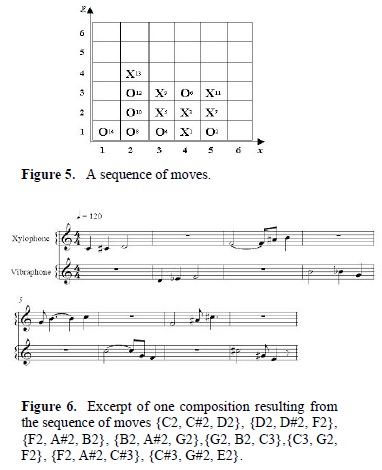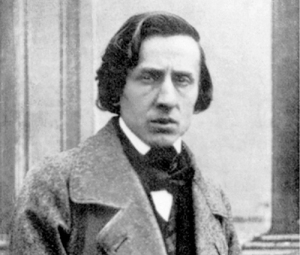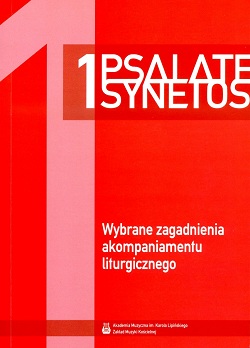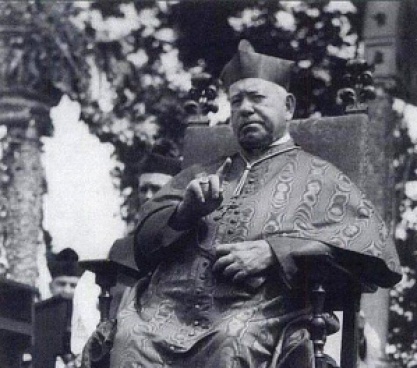The music used in the coverage of the aftermath of the events of 11 September 2001 by two leading 24-hour news networks—CNN in the U.S. and CBC Newsworld in Canada—illuminates the politics of news music and puts the subject in a transnational (if specifically North American) perspective.
Distinct musical responses to 9/11 branded each network’s coverage. While CNN’s music communicated a message of fear and anger to American news consumers, Canadians received sounds and images that invoked the horror and tragedy of the event.
Foregrounding the role of music in this comparison adds a revealing dimension to the story of how networks attempt to tap into the personal narratives of viewers, whether to reflect the mood of the country (and thus ensure market share) or to convince the audience of their particular take on the news.
This according to “The sounds of American and Canadian television news after 9/11: Entoning horror and grief, fear and anger” by James A. Deaville, an article included in Music in the post-9/11 world (New York: Routledge, 2007, pp. 43–70).
Below, an excerpt from CNN’s coverage the day after the attacks.
Related article: Music in political ads












